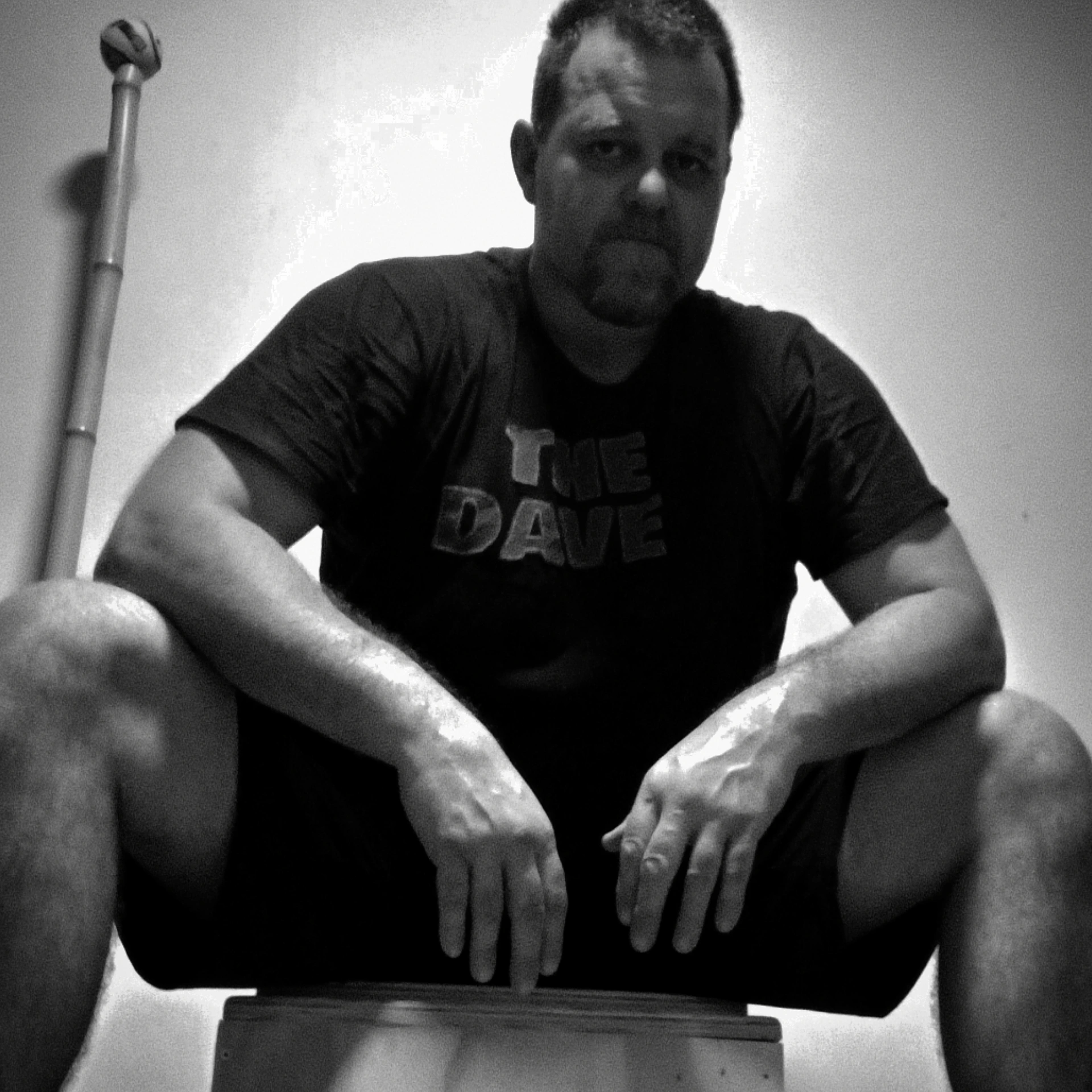Guiding Principles: Rule 3, Everything Orbit Around Centre
- Dave Hedges

- Jul 11
- 3 min read
Updated: Jul 14
I am returning to the Guiding Principles thread today.
Previously I have discussed 2 of the 5 guiding principles laid out by
Gary Ward many years ago when he was still developing his Anatomy in
Motion ideas.
We spoke about Rule 1: Muscles Lengthen Before They Contract here:
And Rule 2: Joints Act, Muscles React here:
So lets look at Rule 3: Everything Orbits Centre
And I am not going to lie, as I talk about this principle, I am going to
talk about the Joint Mobility Fundamentals Online Course I recently
launched in the hope that you may buy into it.
I may also mention how there's a second, larger Mobility course in
development that I will also want you to buy.
You have been warned.
So what does "Everything Orbits Around Centre" mean?
Long story short, we can come at this from a biomechanics perspective
or a philosophical perspective.
Biomechanical is simpler
And it goes like this:
Watch this slow mo gymnastics clip:
See how as the athlete spins in the air she rotates around a point in
the centre of her body?
Our bodies centre of mass sits more or less a couple of inches in front
of our spine approximately level with our L4 vertebra.
It varies according to individual body dimensions, but it's around there.
That's the body's centre that movement literally orbits when we're in space.
Taking it deeper, each joint then has it's own centre.
Limb.
Each movement.
And if we are looking at complex, athletic motion, we are looking at a
magic dance where we are shifting our centre of mass to achieve rapid
movement.
An easy example, is if you stand up right now with your feet close
together. Now rapidly move your head (safely!) over to one side, right
over, past the shoulder.
What happened?
Either you stepped your foot, which landed on the floor directly below
your head
Or, you shifted your hips out the other way
Or, you're currently picking yourself up off the floor....
Hopefully it's one of the former and not the latter.
How is this useful to us?
Well, when we are lifting weights, we are changing this centre of
balance. We now have to counterbalance that external load.
When we reach, bob, weave, flip, tumble we are changing our shape and
likely changing that centre of balance.
And when we become injured, we can shift that centre of balance to move
our mass away from the injury site.
And just as when we reach forward, we feel the muscle son the back
stretch and load, if we've shifted our weight away from, or into one
shape or another, we will load muscles whether we realise it or not.
And this is where we start seeing compensatory patterns and injuries
coming seemingly out of nowhere some months or years down the line.
And this is why we may tell you to do an exercise on one side but not the other.
I may tell you to do the same exercise on both sides, but concentrate on
the shoulder on this side, but the knee on that side.
What we are seeing is if we can bring the centre back to, well, the centre.
Now, individual joints all have their centre, and as a joint moves,
muscles that surround it, cross it, will lengthen or shorten accordingly.
And this is where the Joint Mobility Fundamentals comes in.
Told you there was a sales pitch coming...
Simple joint rotations, like many of did in P.E. classes back in the
day, like we did in our Karate or Judo warm ups. Old school
Callisthenics warm ups before the term became synonyms with the so
called "Bar Athletes"
These joint rotations take each joint through it's (current) fullest
range of motion.
And how do we find the centre of something?
We measure from the outside edge don't we?
Where is the middle, the centre of the screen you're reading this from?
Measure corner to corner, divide by 2 and there it is.
To find centre, you need to know where the edges are.
Joint rotations, as done in the Joint Mobility Fundamentals show you
where the edges lie and give the body the information it needs to
determine it's own centre.
Which is why we often see outsized results from people who practice
joint mobility frequently.
Their balance improves
Their flexibility improves
Their ability to demonstrate strength improves
Old injuries often feel better
Confidence in movement comes back
Now, get over to the Joint Mobility Fundamentals page and have a look



Comments